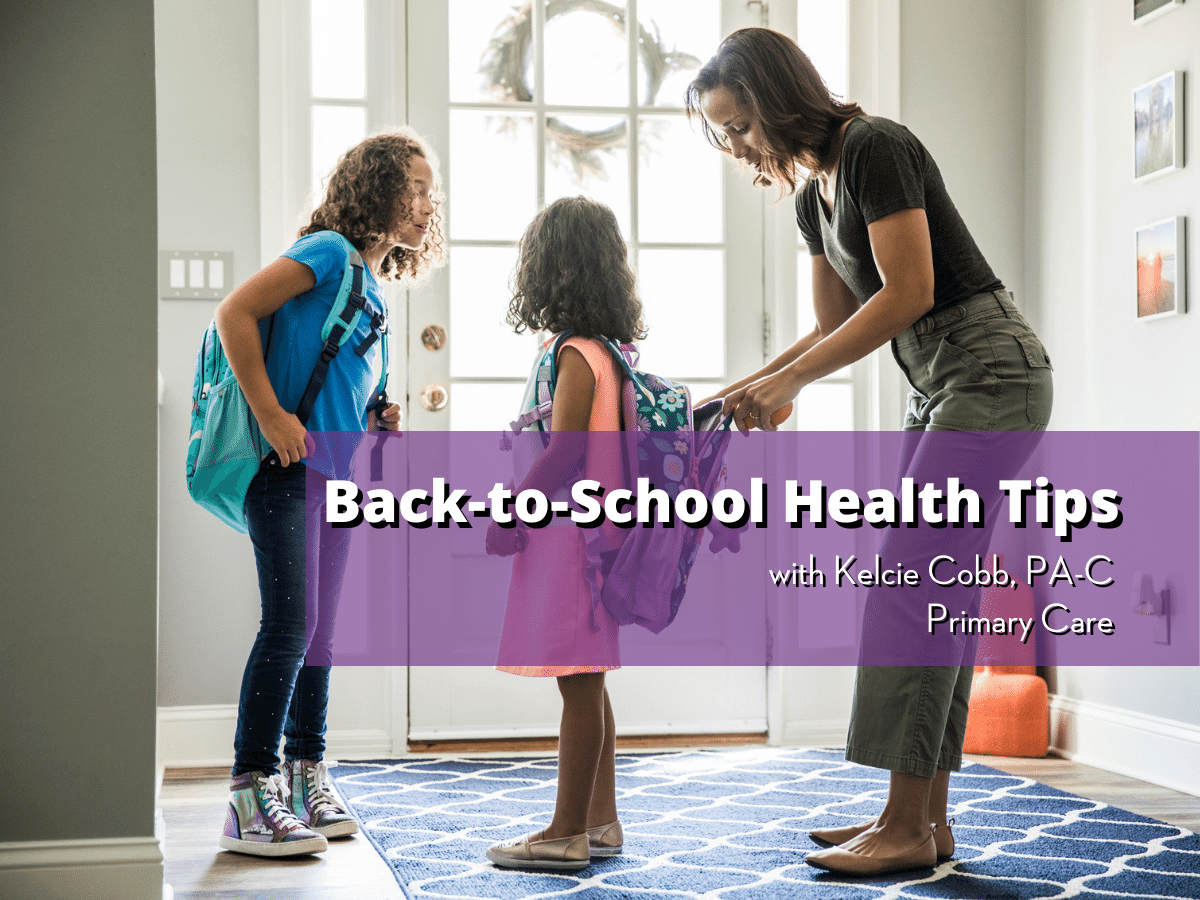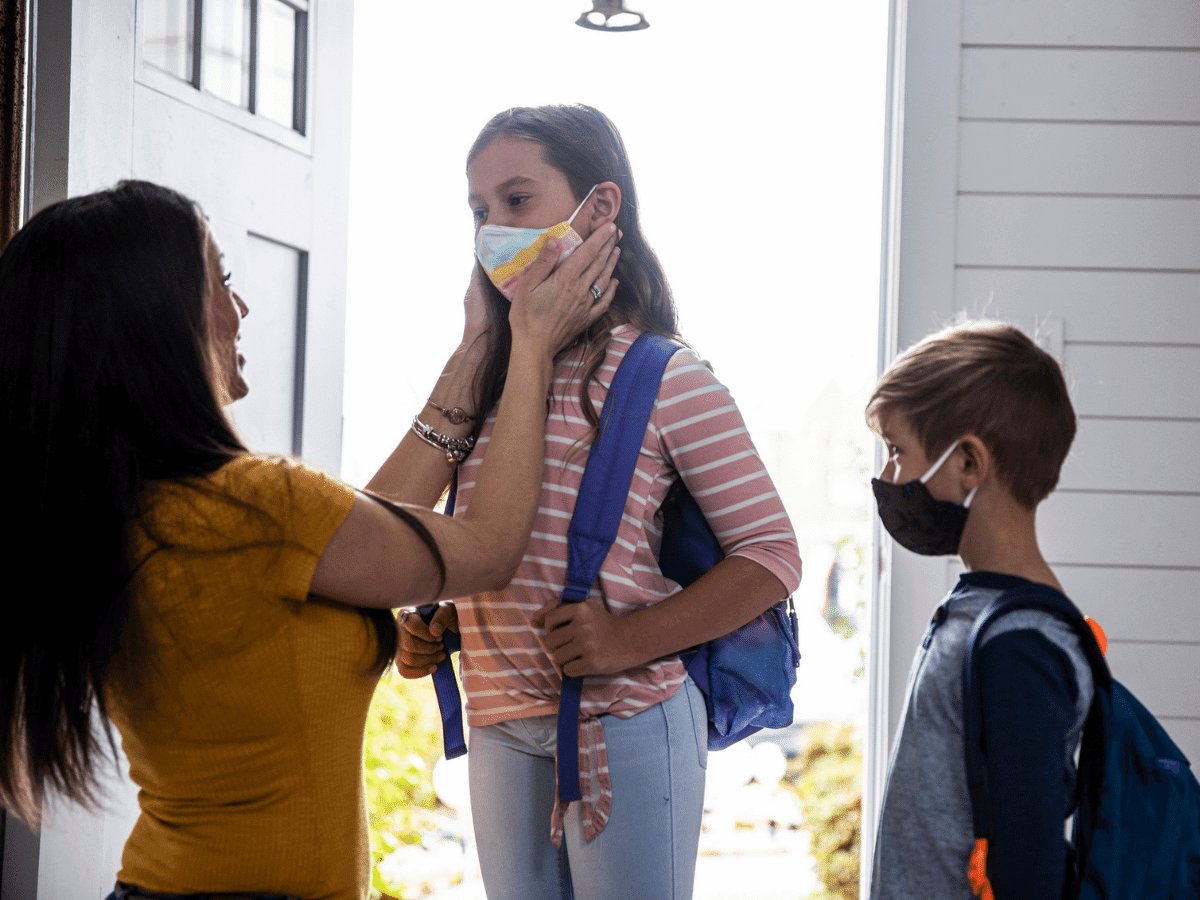Is It Lice? What Parents Need to Know.

Hearing that a head lice outbreak is underway at your child’s daycare or school, or that your child has been found to have lice, is enough to get your heart racing. However, while there is some work involved in getting rid of lice, you may find it reassuring that the tiny insects usually do not cause serious disease.
How to Tell if You Have Lice
Head lice are tiny six-legged insects that feed on human blood obtained from the scalp or neck. Roughly the size of a sesame seed, they are grayish white or tan in color. Lice adhere their eggs, called nits, to the base of hairs. (Getting rid of them is the origin of the word “nitpicking.”) There are other types of lice that are found on the body or in the pubic region, where they are referred to as crabs.
The most common symptom of head lice is itching of the neck or scalp. This is caused by the bite from a louse (the singular of lice), which triggers a small allergic reaction. Other symptoms can include:
- A tickling feeling or sense that something is moving on the scalp
- Difficulty sleeping
- Irritability
- Sores from scratching itchy skin
- Red bumps on the scalp or neck
- Tiny white eggs attached to the base of hairs
Children in daycare or school tend to be more likely to get lice. This is because they play closely together and share things such as hair brushes, combs, hair clips and hats that can serve to transport lice from one child to another. Family members of younger infested children are also more likely to get head lice.
Checking for and Treating Head Lice
To check your child for lice, first wet their hair. This slows the insects down so they are easier to see. Then use a comb to part the hair and look for grayish white or tan bugs on the scalp. You may also notice white spheres attached to hairs.
Head lice can be eliminated using medicated shampoos and lotions as directed. There are both over-the-counter and prescription versions of these products.
Preventing Head Lice at School and Home
The best way to decrease the risk of your child getting head lice at school is to teach them to avoid head-to-head contact and the sharing of hair brushes, combs, hair clips or hats. Additionally, they should avoid storing their hat or jacket in contact with those of other children, if possible. However, even if a child does their best to heed your advice, there is no guarantee that they will not be affected by a lice infestation at school.
At home, have young children follow the same rules and ask older children to help enforce them. If someone in the family does get lice, wash your towels and bedding, vacuum floors and furniture and cover furniture with a plastic drop cloth for two weeks.
Be sure that your children understand that while dealing with lice may be a little inconvenient, it is nothing for them to be afraid of or feel guilty about.



